21 GPTs for Food Recognition Powered by AI for Free of 2025
AI GPTs for Food Recognition are specialized tools that leverage the power of Generative Pre-trained Transformers to identify, analyze, and interact with food-related data. These tools are designed to understand and process various aspects of food, including its identification, nutritional content, and culinary context. By integrating advanced AI and machine learning algorithms, GPTs provide tailored solutions for a wide range of applications within the food domain, from recipe generation and modification to dietary planning and food service management.
Top 10 GPTs for Food Recognition are: #カロリー計算GPTs,🍝料理の写真からカロリー計算🍔,Hotdog Identifier,Calorie Counter,Hotdog Identifier,NutriGPT - Cek Nutrisi Makananmu,カロリーGPT,SeeFood,NutriSnap,NutriSnap
#カロリー計算GPTs
Transforming meal photos into nutritional insights.
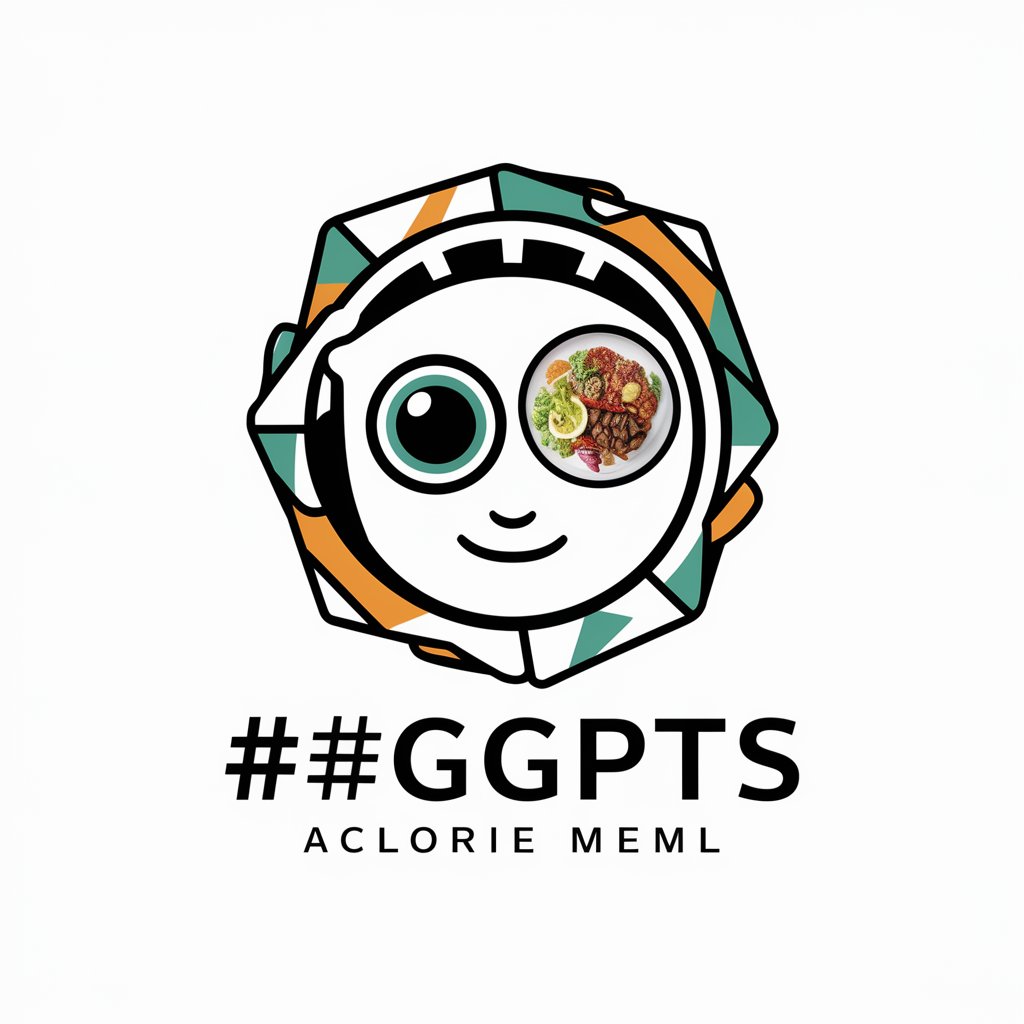
🍝料理の写真からカロリー計算🍔
Snap, Analyze, and Track Your Calories!
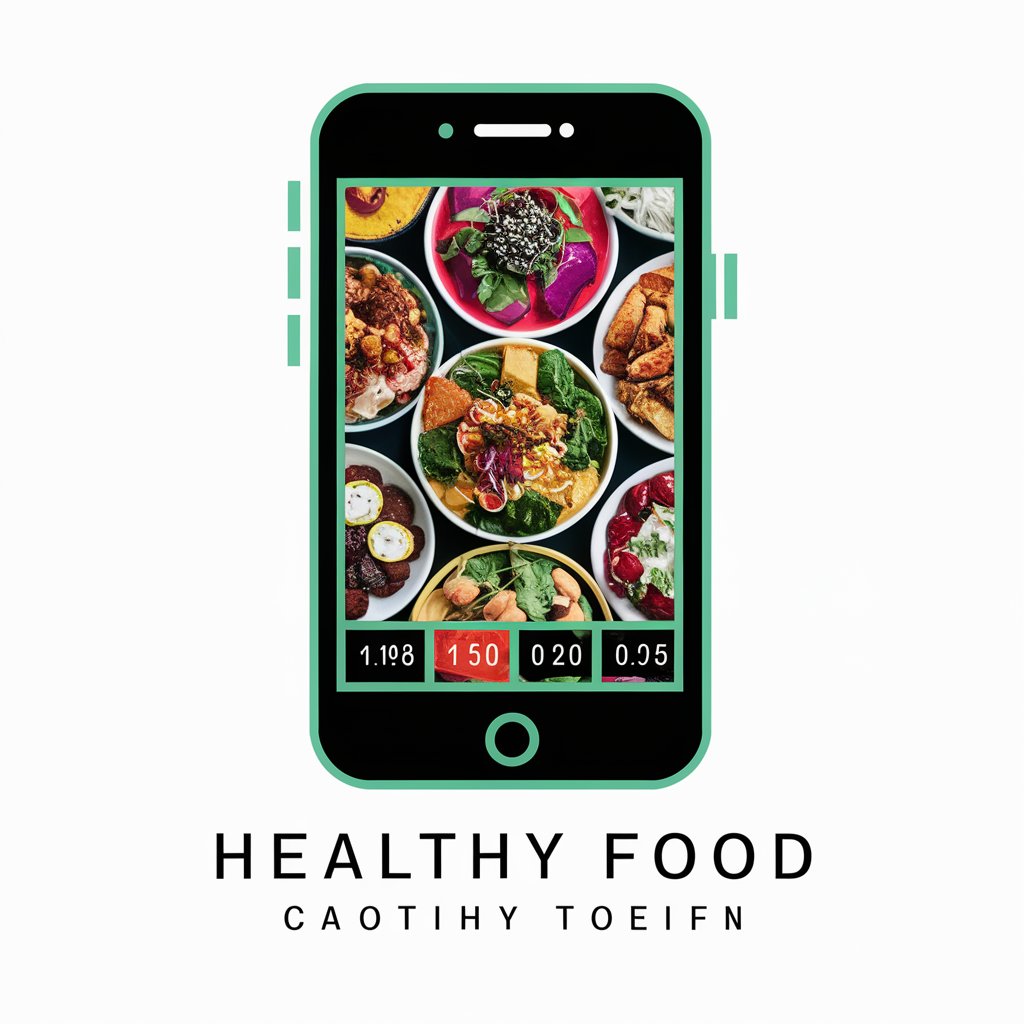
Hotdog Identifier
Instantly identify any hotdog with AI.
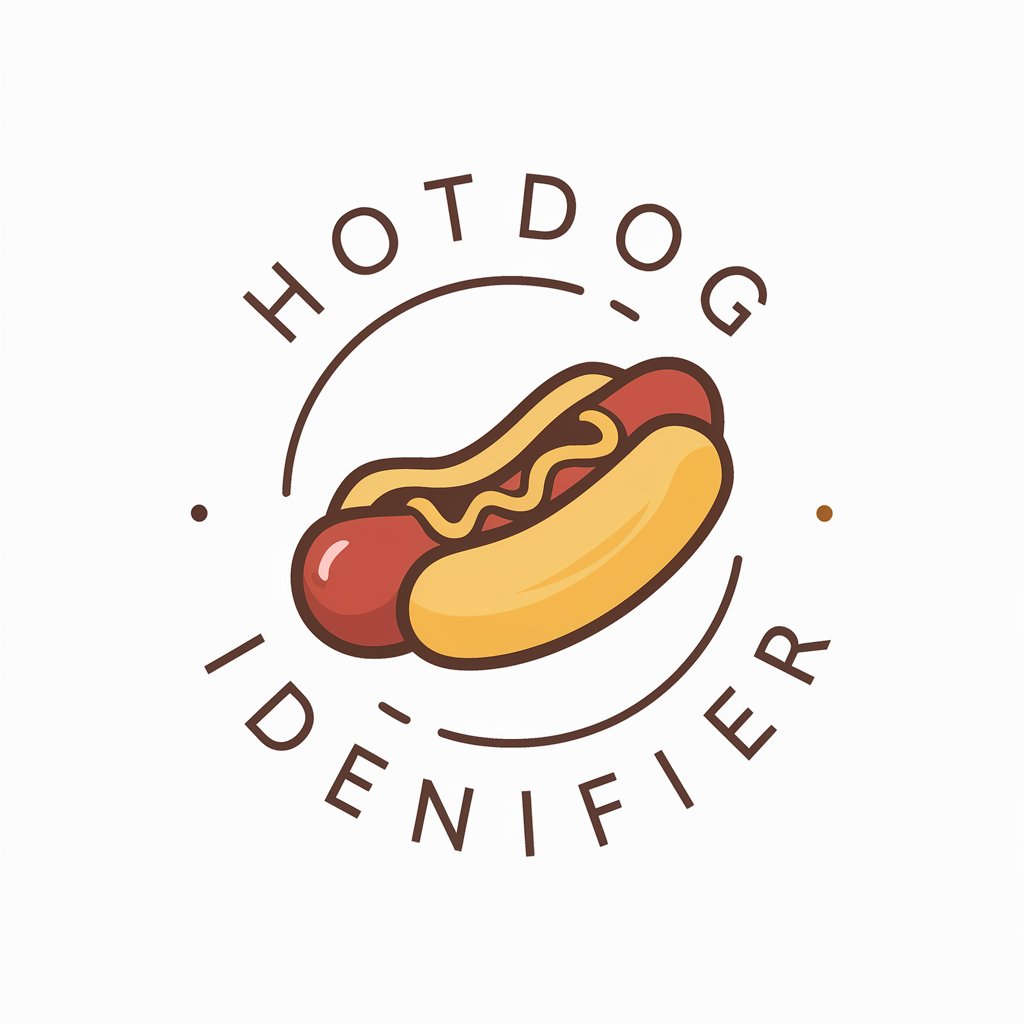
Calorie Counter
Snap, Track, and Manage Your Diet with AI

Hotdog Identifier
AI-powered hotdog recognition in seconds

NutriGPT - Cek Nutrisi Makananmu
Uncover your meal's nutrition with AI
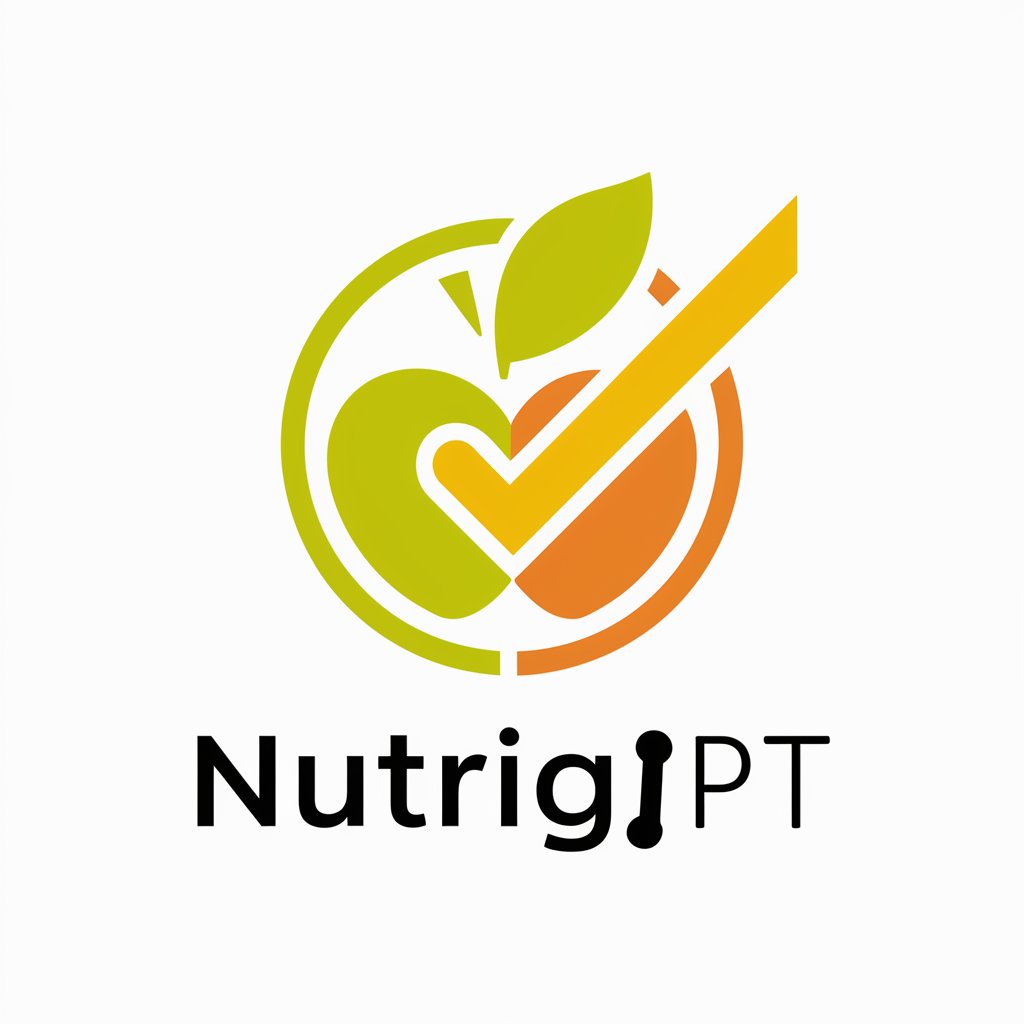
カロリーGPT
Unlock the secrets of your meals
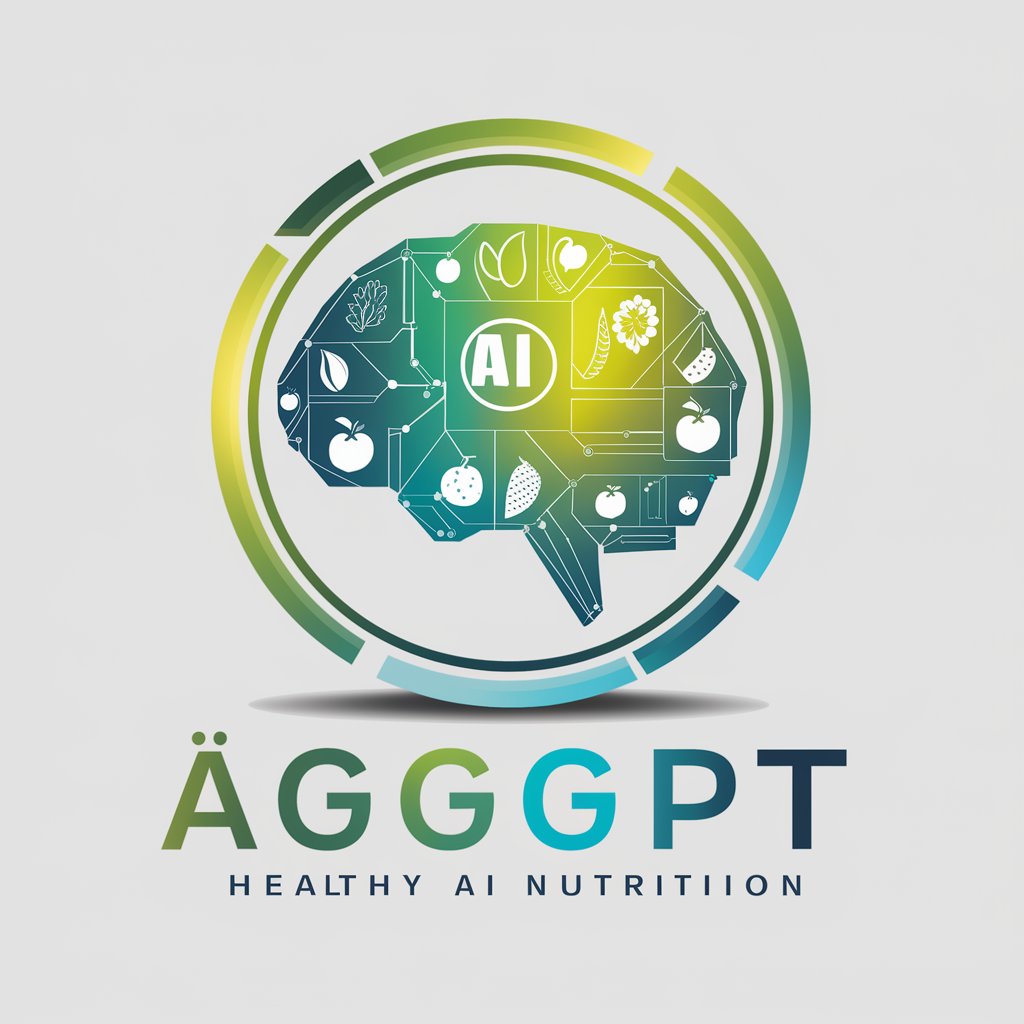
SeeFood
Instantly identify hotdogs with AI power.

NutriSnap
AI-Powered Meal Insights at Your Fingertips
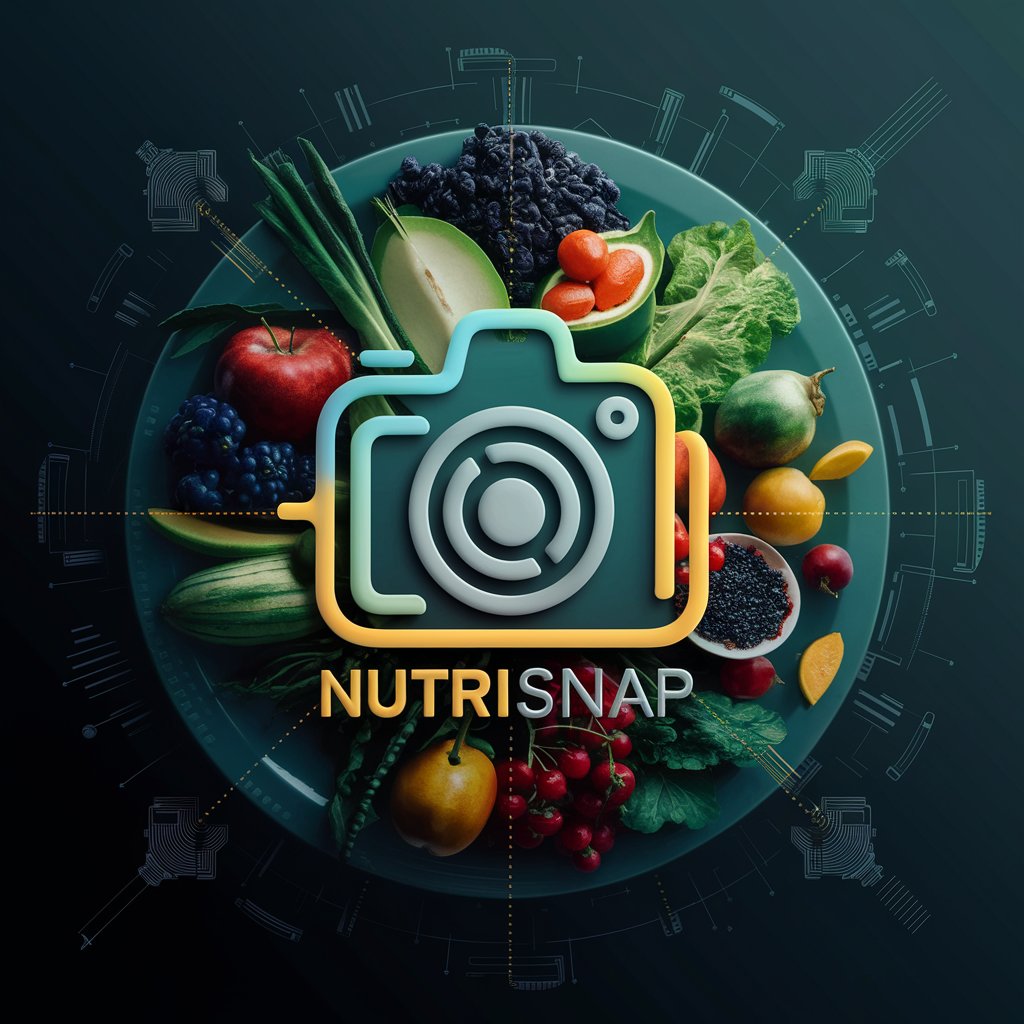
NutriSnap
AI-Powered Meal Insight
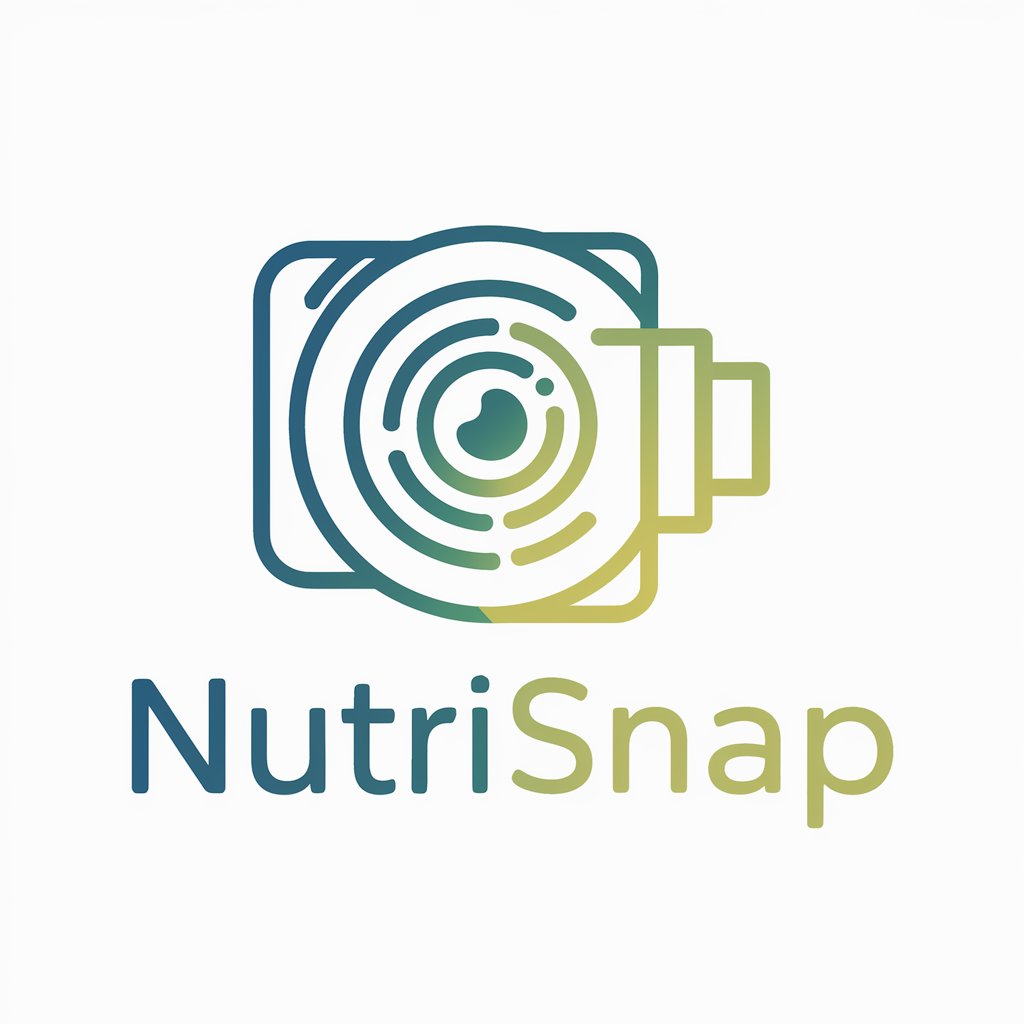
NutriScan AI
Empowering healthier eating with AI

NutriSnap
Empowering healthier eating with AI
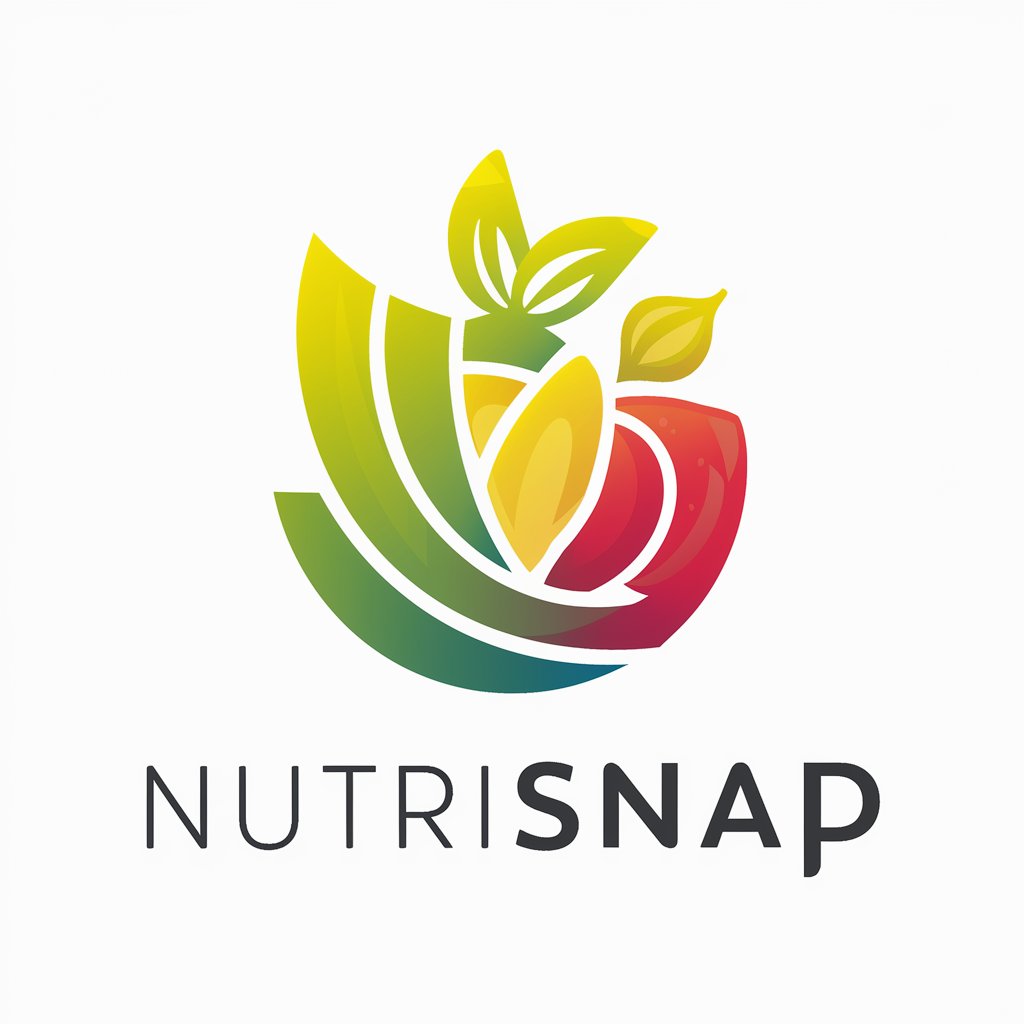
Hotdog or Not Hotdog
AI-powered hotdog recognition tool
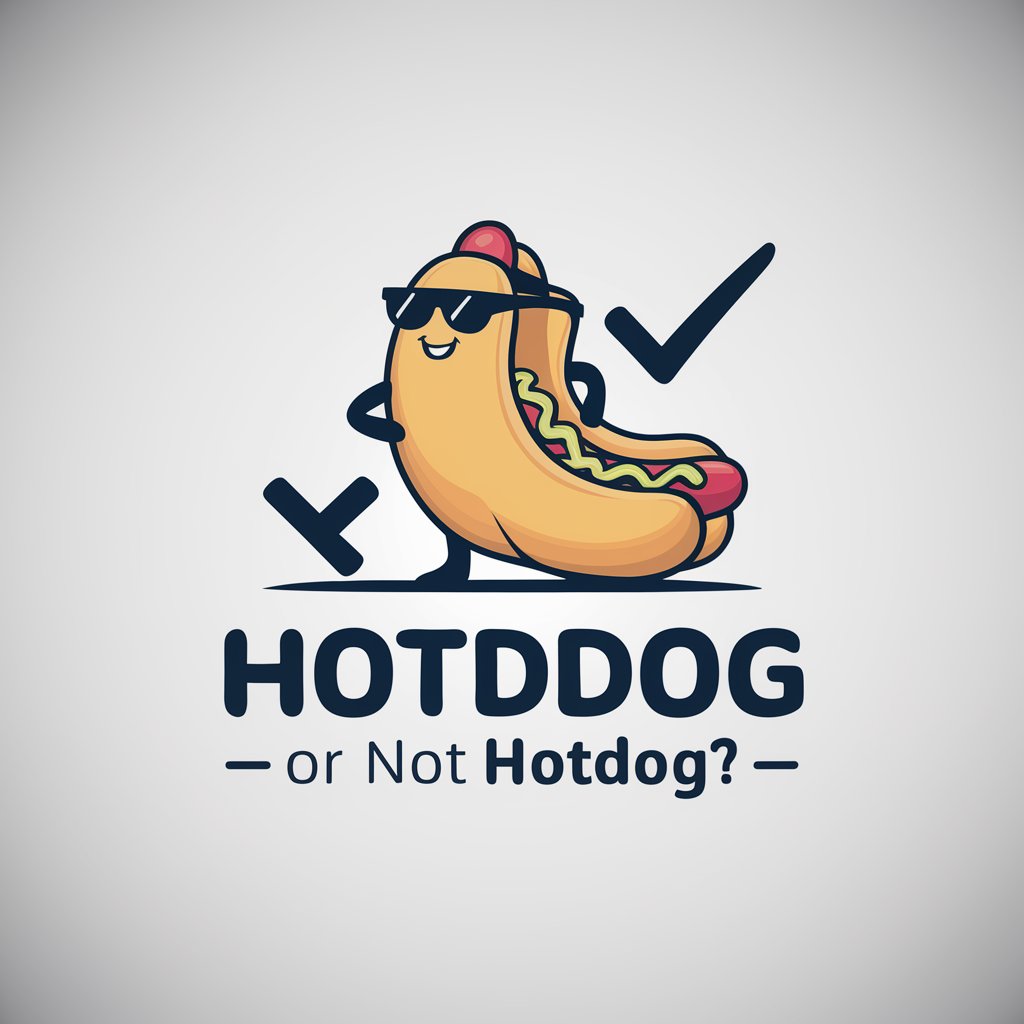
What I am eating?
Discover Your Diet’s Details

FoodGPT
AI-powered Nutritional Insight
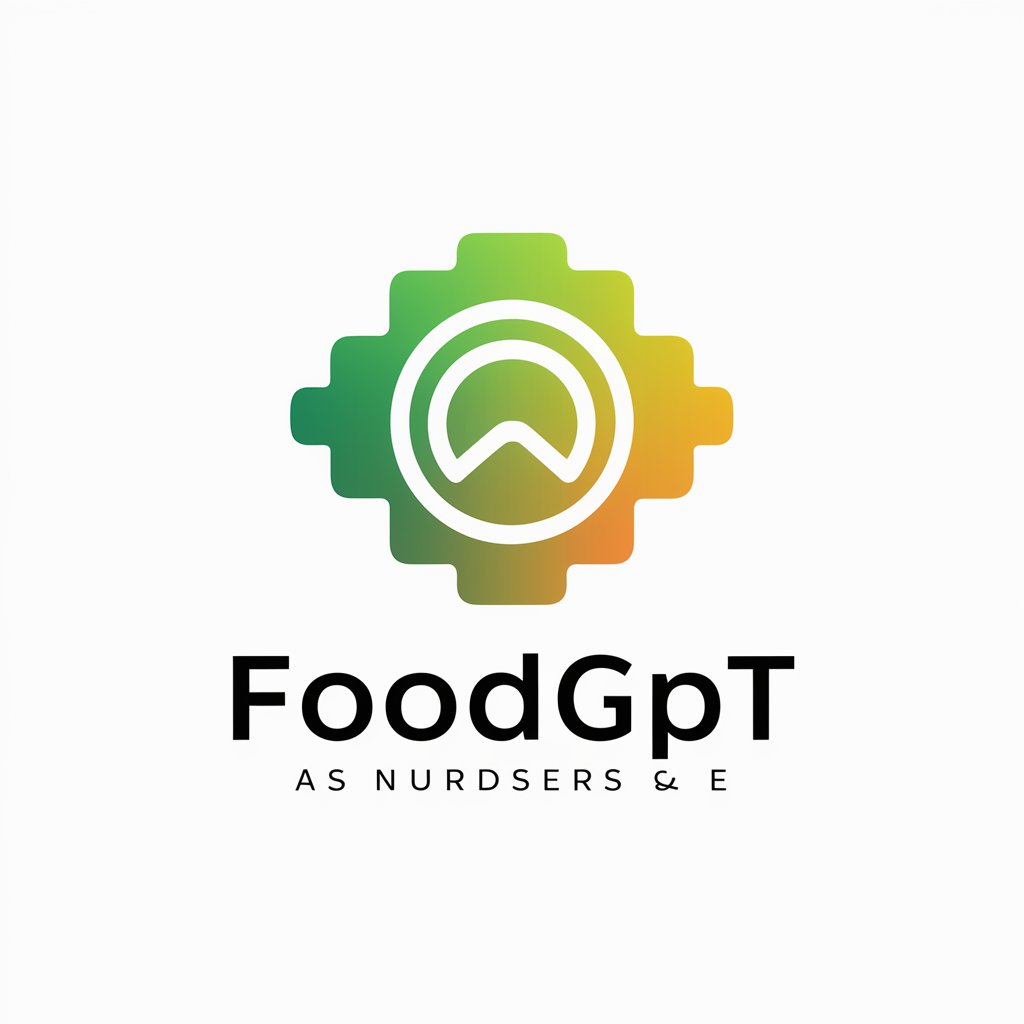
Cheat Day
Estimate calories, burn them playfully!

Not Hotdog
Instant hotdog detection, powered by AI
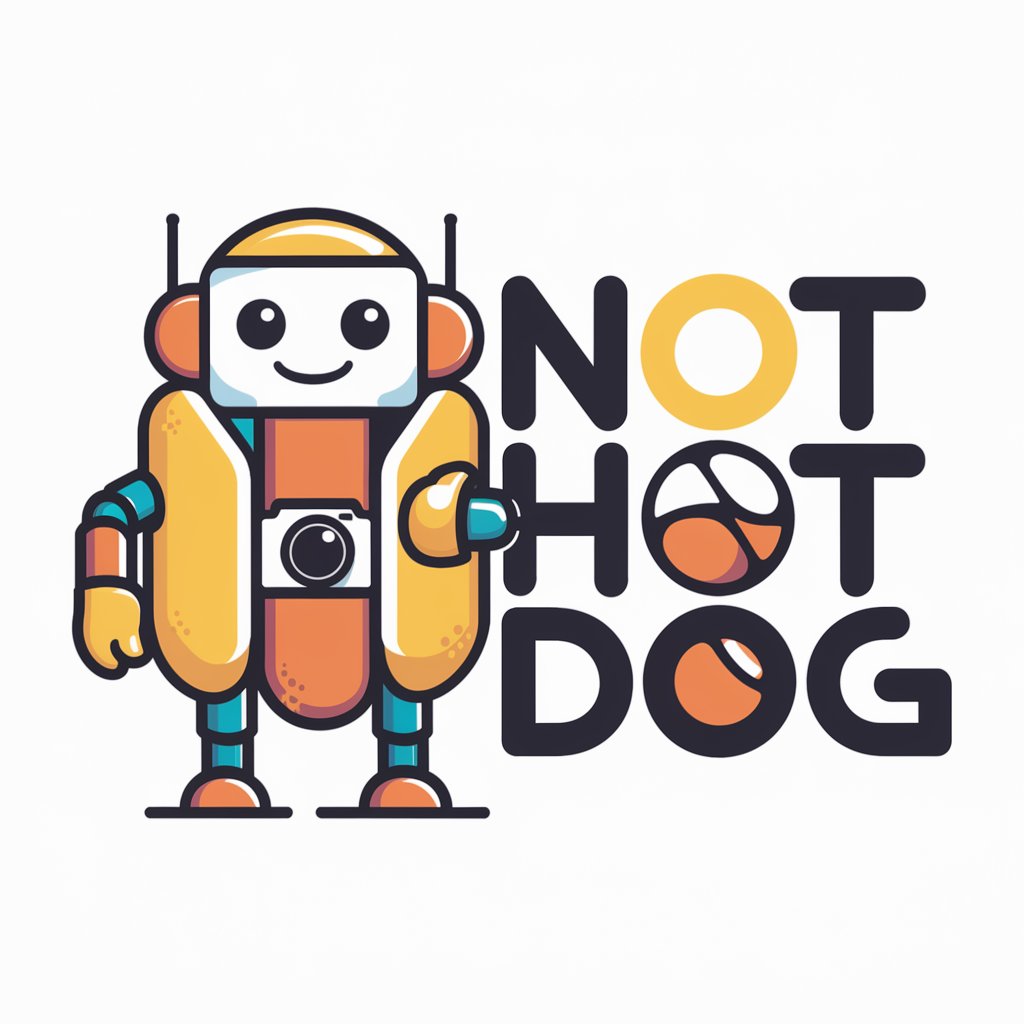
Healthy Cart Advisor
Empowering your diet with AI.

Hot Dog or Not Hot Dog
Discover the Hot Dog with AI
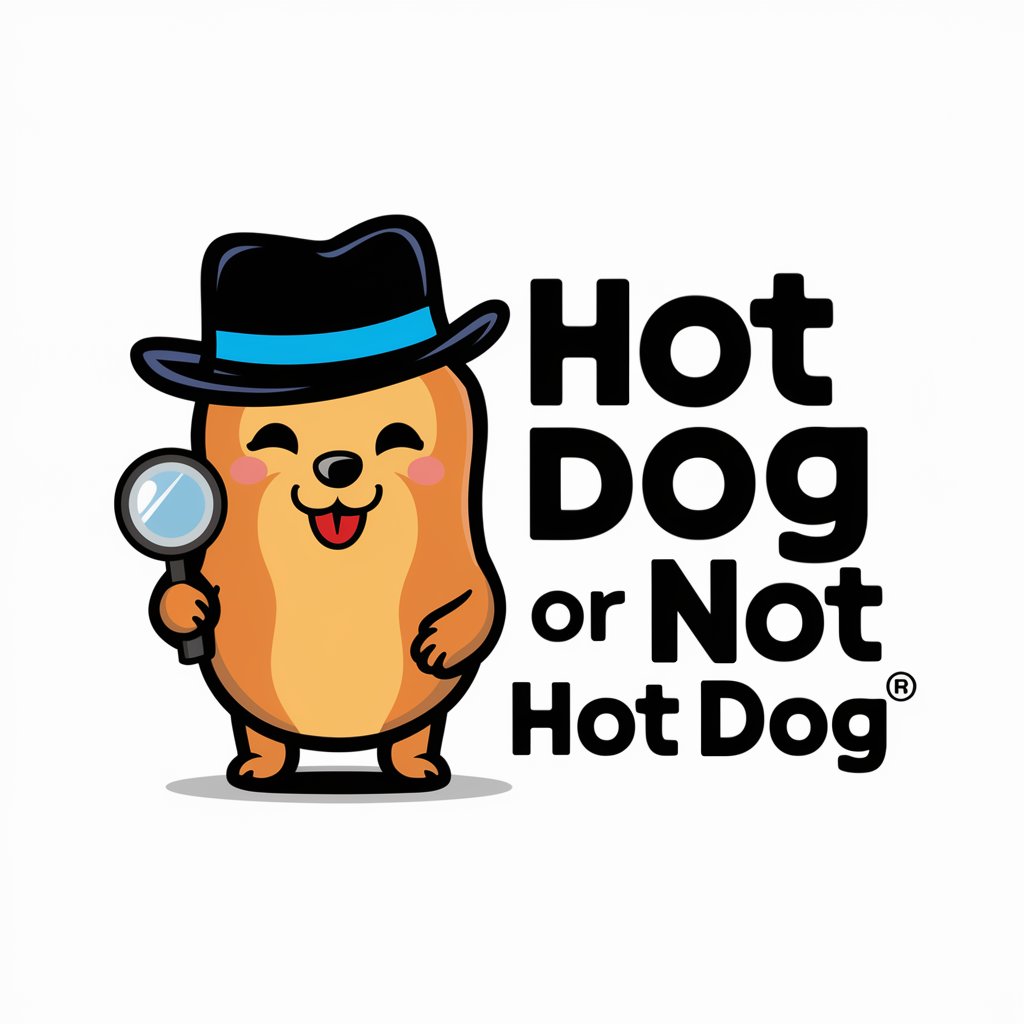
Total Calorie Estimator
Power Your Diet with AI
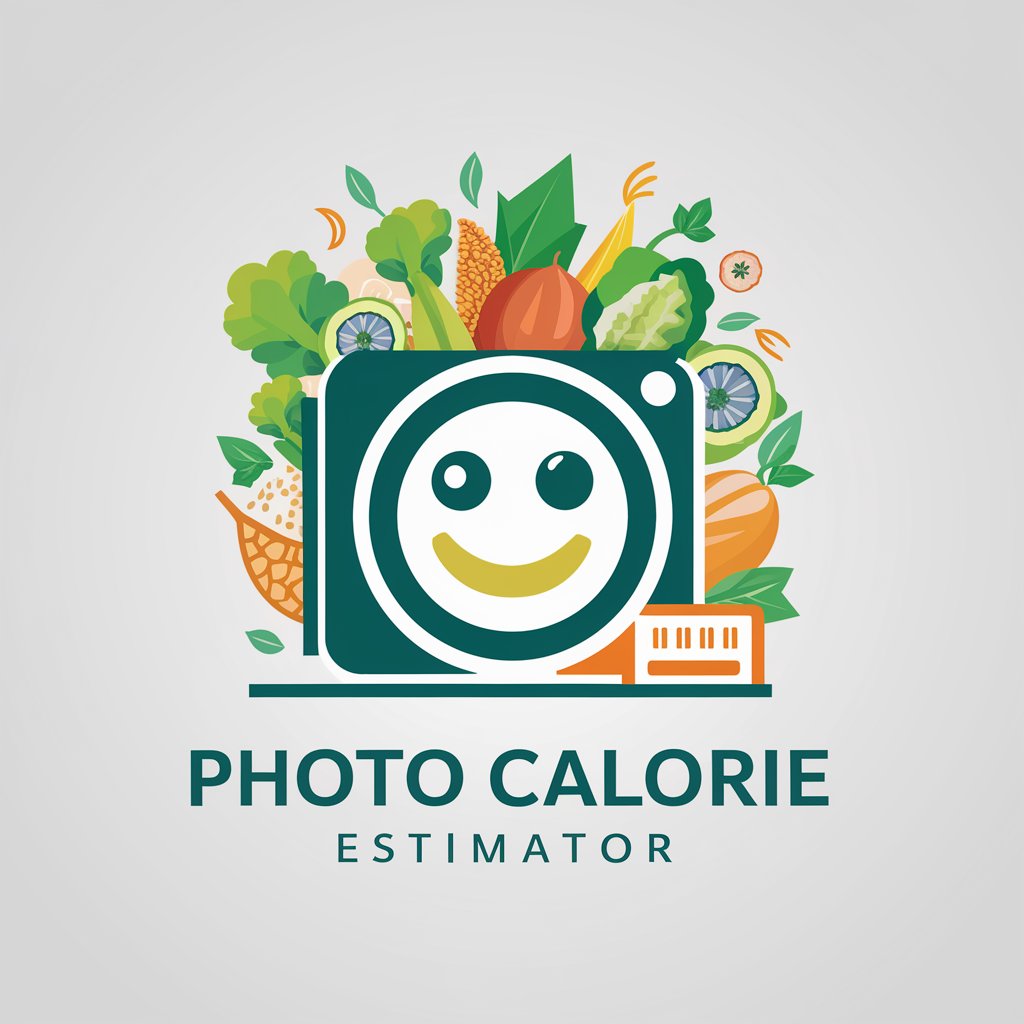
Calorie Counter
Eat smart with AI-powered analysis
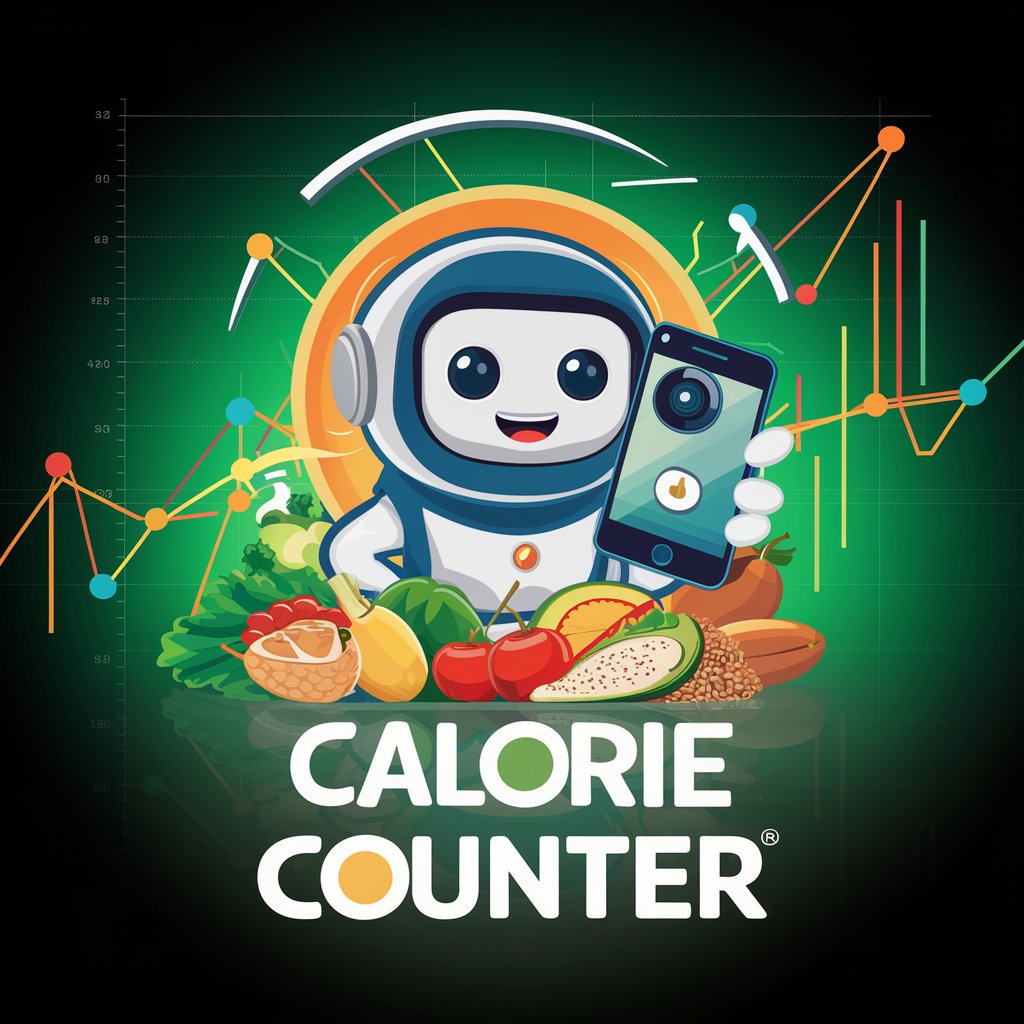
Distinctive Characteristics and Functionalities
AI GPTs for Food Recognition stand out for their adaptability across a spectrum of food-related tasks. They offer features such as detailed nutritional analysis, ingredient recognition from images, taste profile prediction, and personalized recipe creation. Special features include language learning for international cuisine understanding, technical support for developers, web searching for food trends, image creation for meal planning visuals, and data analysis for dietary research.
Who Benefits from Food Recognition AI?
The primary users of AI GPTs for Food Recognition include culinary enthusiasts, nutritionists, chefs, food bloggers, developers creating food-related apps, and professionals in the food service industry. These tools are designed to be user-friendly for those without programming skills, offering intuitive interfaces and guided processes, while also providing extensive customization options for developers and technical users.
Try Our other AI GPTs tools for Free
Compliance Guidance
Explore AI GPTs for Compliance Guidance: your AI-powered assistant for navigating complex regulations and enhancing your compliance strategy with tailored, efficient solutions.
Multilingual Copywriting
Discover how AI GPTs for Multilingual Copywriting revolutionize content creation across languages, offering scalable, efficient solutions for global engagement.
Conceptual Prototyping
Explore how AI GPTs for Conceptual Prototyping can transform your idea generation and development process with advanced, adaptable, and user-friendly tools.
Technology Interpretation
Explore AI GPTs for Technology Interpretation: Your gateway to understanding complex tech concepts through AI-driven insights, designed for professionals and enthusiasts alike.
Content Inspiration
Discover how AI GPTs for Content Inspiration can transform your creative process with tailored suggestions, multi-language support, and easy integration.
Gutenberg Updates
Explore how AI GPT tools revolutionize content creation and management within the WordPress Gutenberg editor, offering tailored, efficient solutions for developers and content creators alike.
Expanding Horizons with AI in Food Technology
AI GPTs for Food Recognition are revolutionizing the way we interact with food, offering insights into dietary patterns, enhancing culinary creativity, and simplifying meal planning. Their integration into various sectors demonstrates the versatility and potential of AI to offer customized solutions that cater to specific needs, with user-friendly interfaces that facilitate widespread adoption.
Frequently Asked Questions
What exactly can AI GPTs for Food Recognition do?
AI GPTs for Food Recognition can analyze food images, recognize ingredients, suggest recipes, offer nutritional information, and even predict food trends.
Do I need coding skills to use these tools?
No, these tools are designed to be accessible to both novices and professionals without requiring coding skills, thanks to user-friendly interfaces.
How can developers customize these GPTs?
Developers can access APIs and SDKs to integrate and customize the GPTs for specific applications, including advanced customization for food recognition tasks.
Can these tools help with dietary planning?
Yes, by providing detailed nutritional analysis and personalized recipe suggestions, these tools can assist in creating balanced dietary plans.
How do these GPTs handle different cuisines?
They utilize advanced language learning capabilities to understand and process information related to international cuisines, making them versatile for global food recognition.
Are there any privacy concerns with using food recognition tools?
User privacy is a priority, and these tools are designed to process data securely, ensuring that personal dietary information remains confidential.
Can I integrate these tools with my food blog or app?
Yes, the tools offer integration options for websites, blogs, and apps to enhance food-related content and features.
What makes AI GPTs better than traditional food recognition methods?
AI GPTs offer superior accuracy, flexibility, and depth of analysis by leveraging the latest in AI and machine learning technologies, providing more nuanced and comprehensive insights than traditional methods.